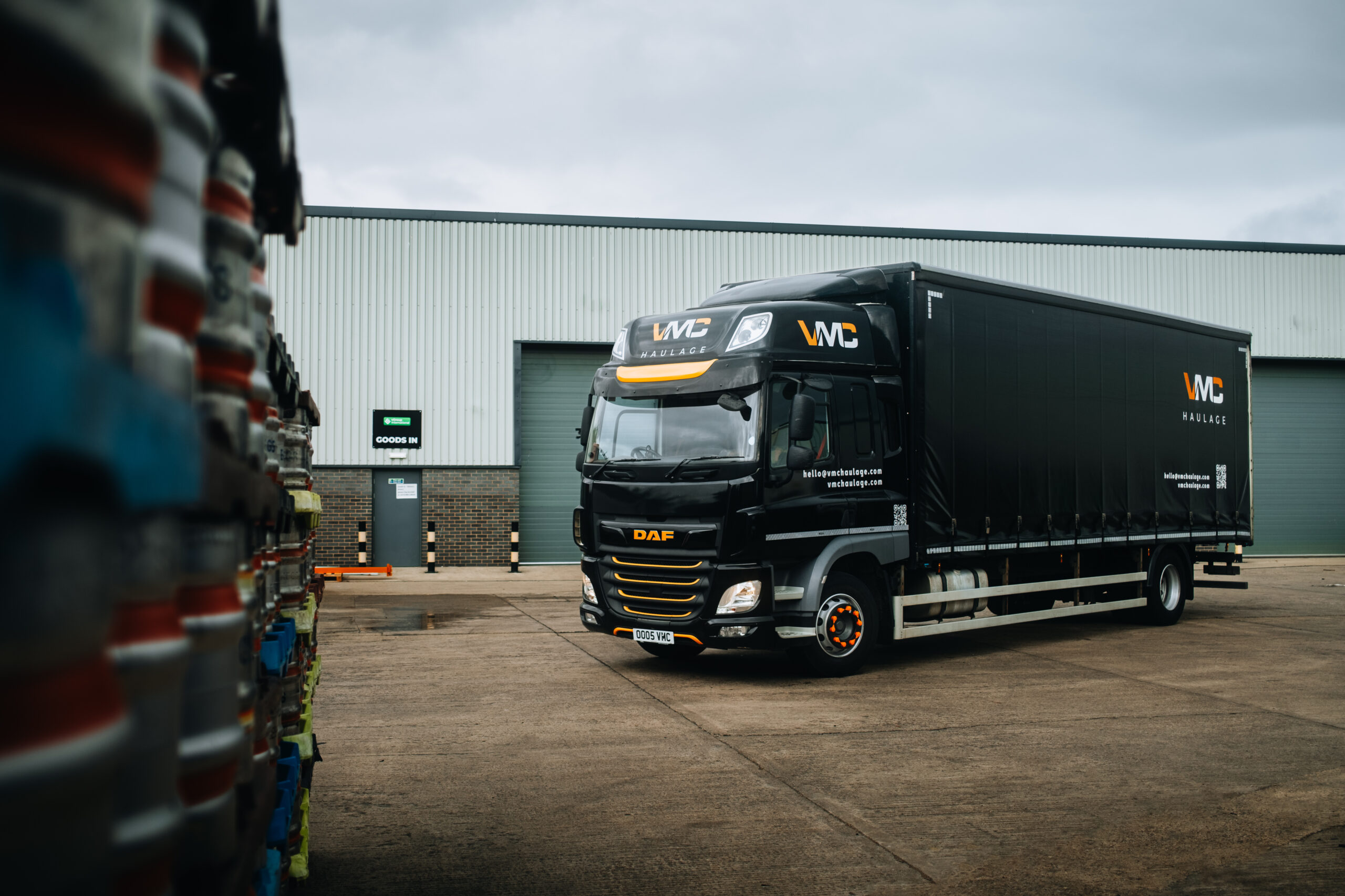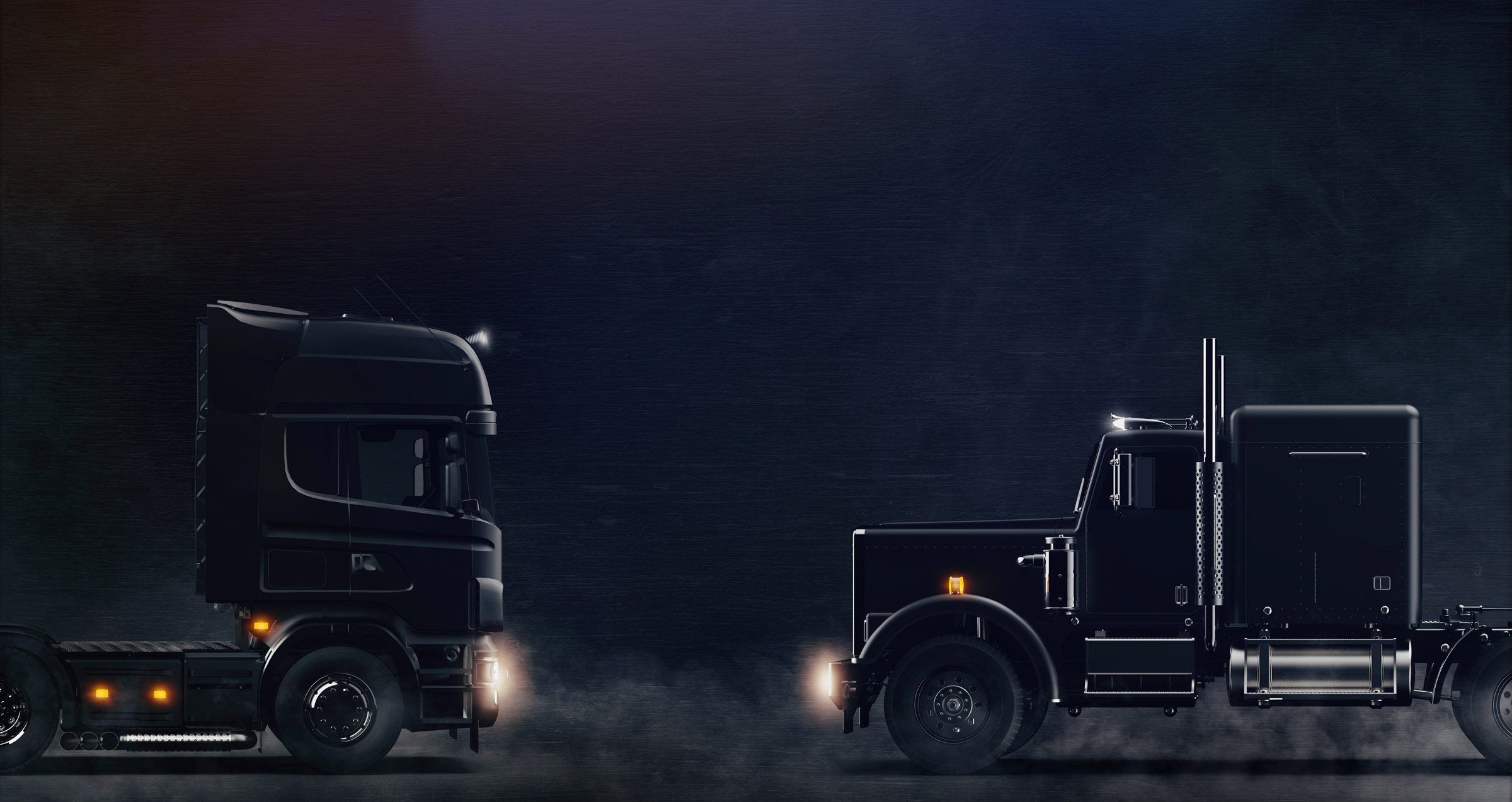Seasonal peaks in the drinks industry bring significant challenges. From summer festivals to the holiday season, demand surges can overwhelm supply chains that are unprepared.
Forecasting plays the first role in preparation. Analysing past sales data and factoring in upcoming events helps predict demand more accurately. Once volume projections are clear, capacity planning follows. This may involve temporary warehousing, expanding fleet availability, or adjusting delivery schedules to spread workloads.
Bottlenecks often occur in last-mile delivery. Loading delays, urban traffic, and time-sensitive customer requirements all contribute to disruption. Flexible scheduling and strategic route planning reduce these risks. Some companies turn to third-party logistics partners during peak demand to provide additional coverage.
Communication with retailers and distributors is equally important. Setting realistic delivery windows and maintaining transparency around potential delays can prevent breakdowns in trust.
Paul highlights the importance of preparation:
“When demand spikes, it isn’t enough to just throw more trucks at the problem. Without planning in warehousing and delivery schedules, delays ripple across the chain.”
Managing seasonal surges is about balance—scaling operations while preserving service quality. With foresight and clear systems in place, drinks logistics can meet peaks without compromising efficiency.




